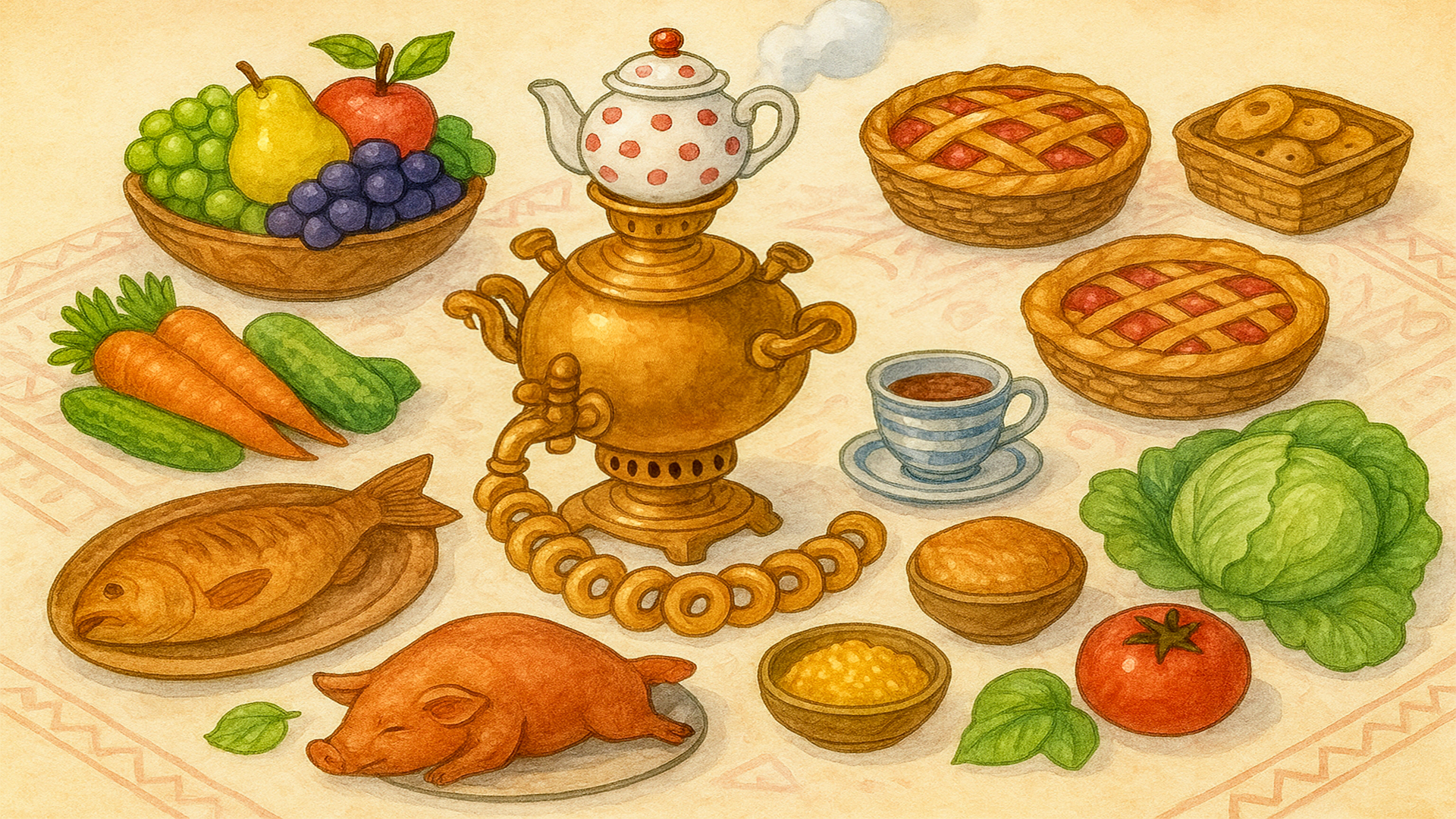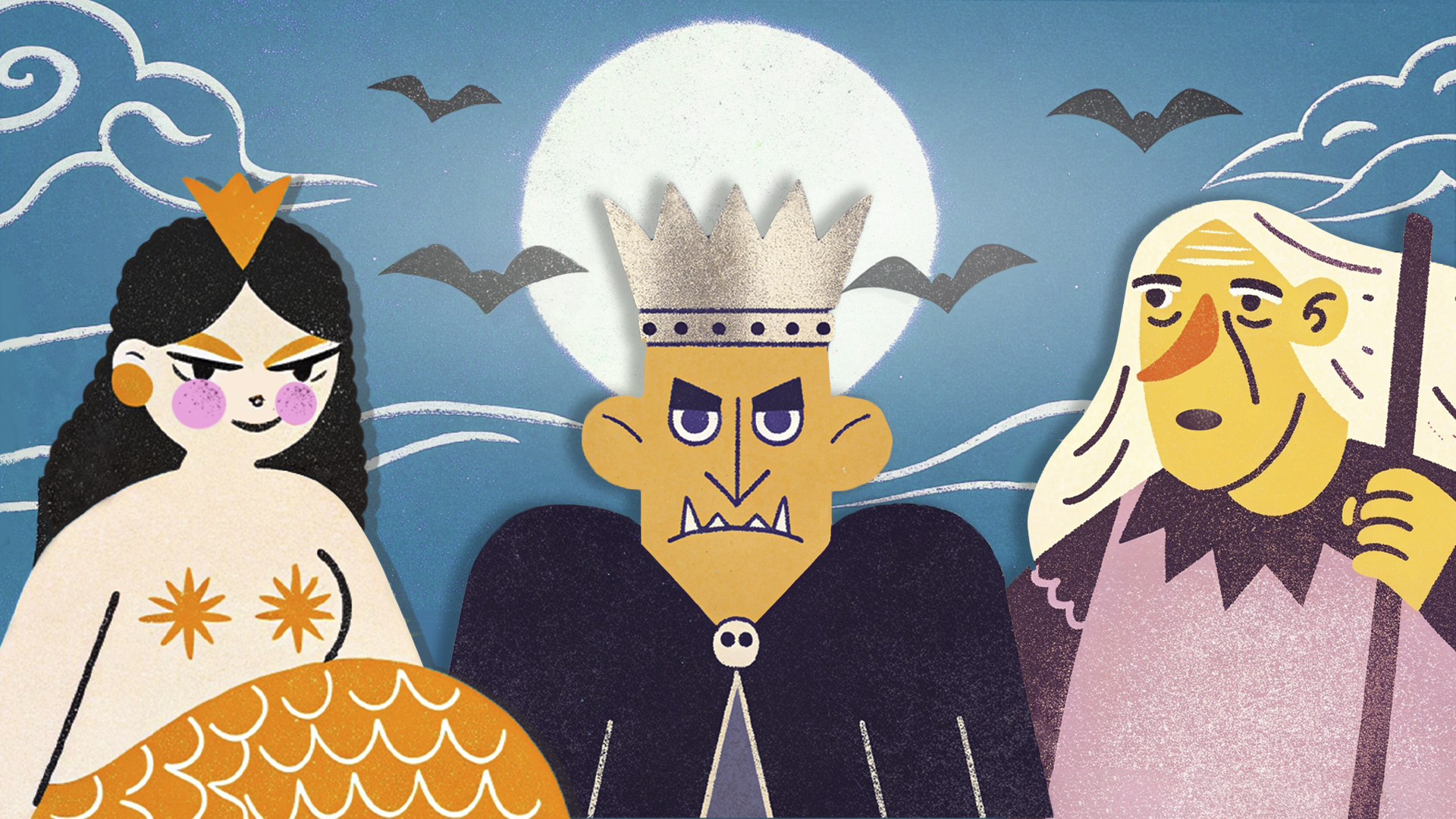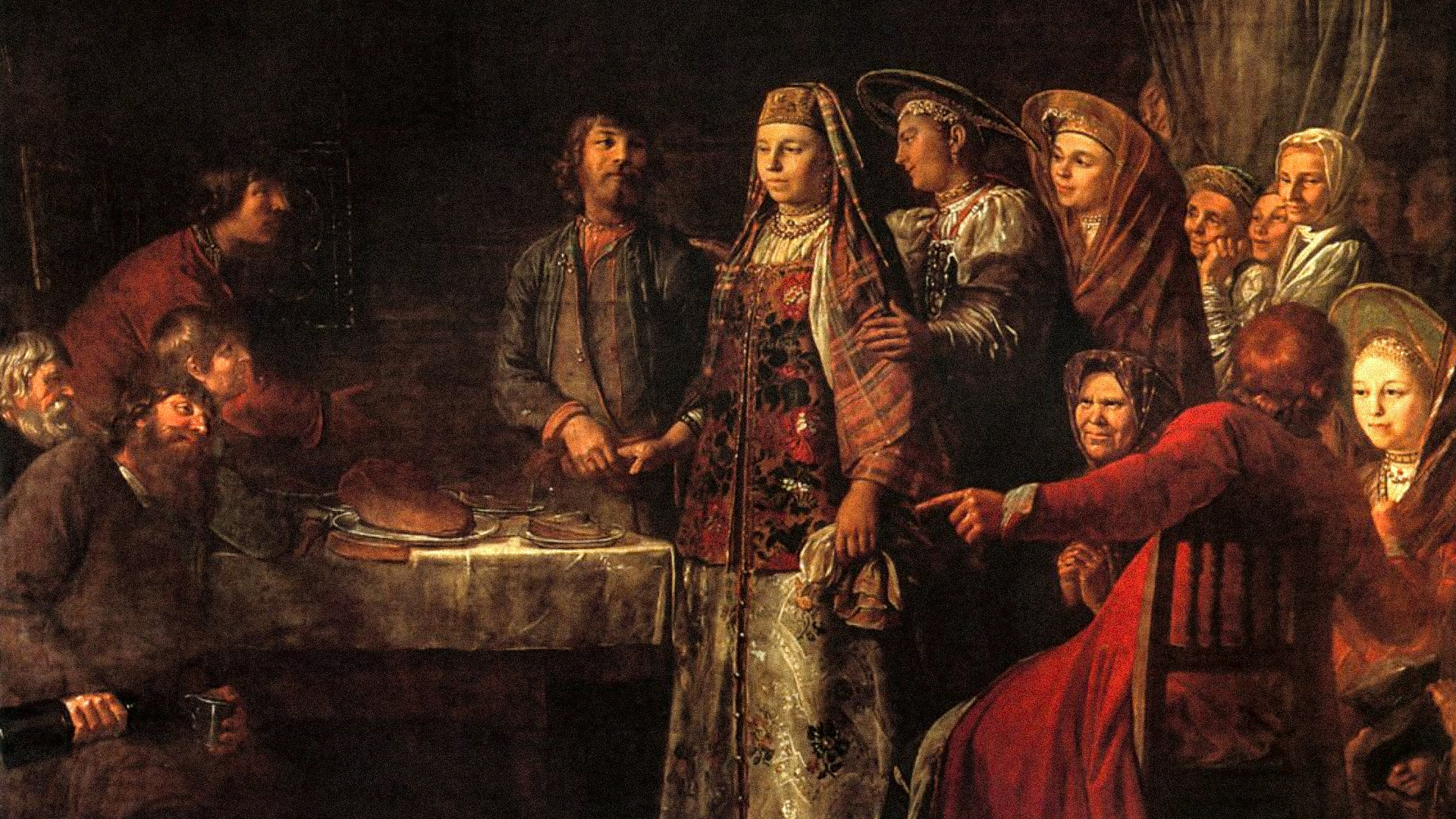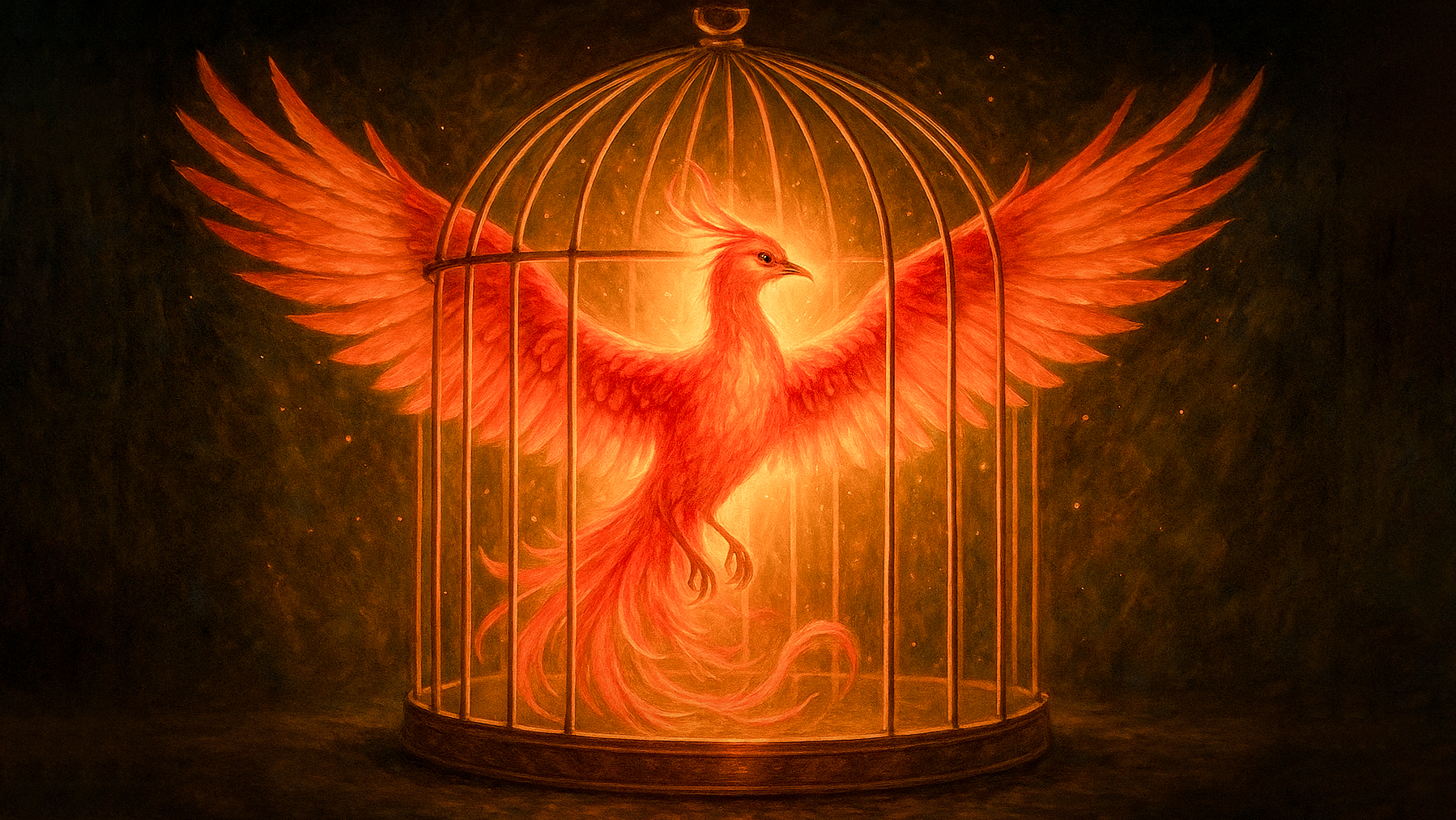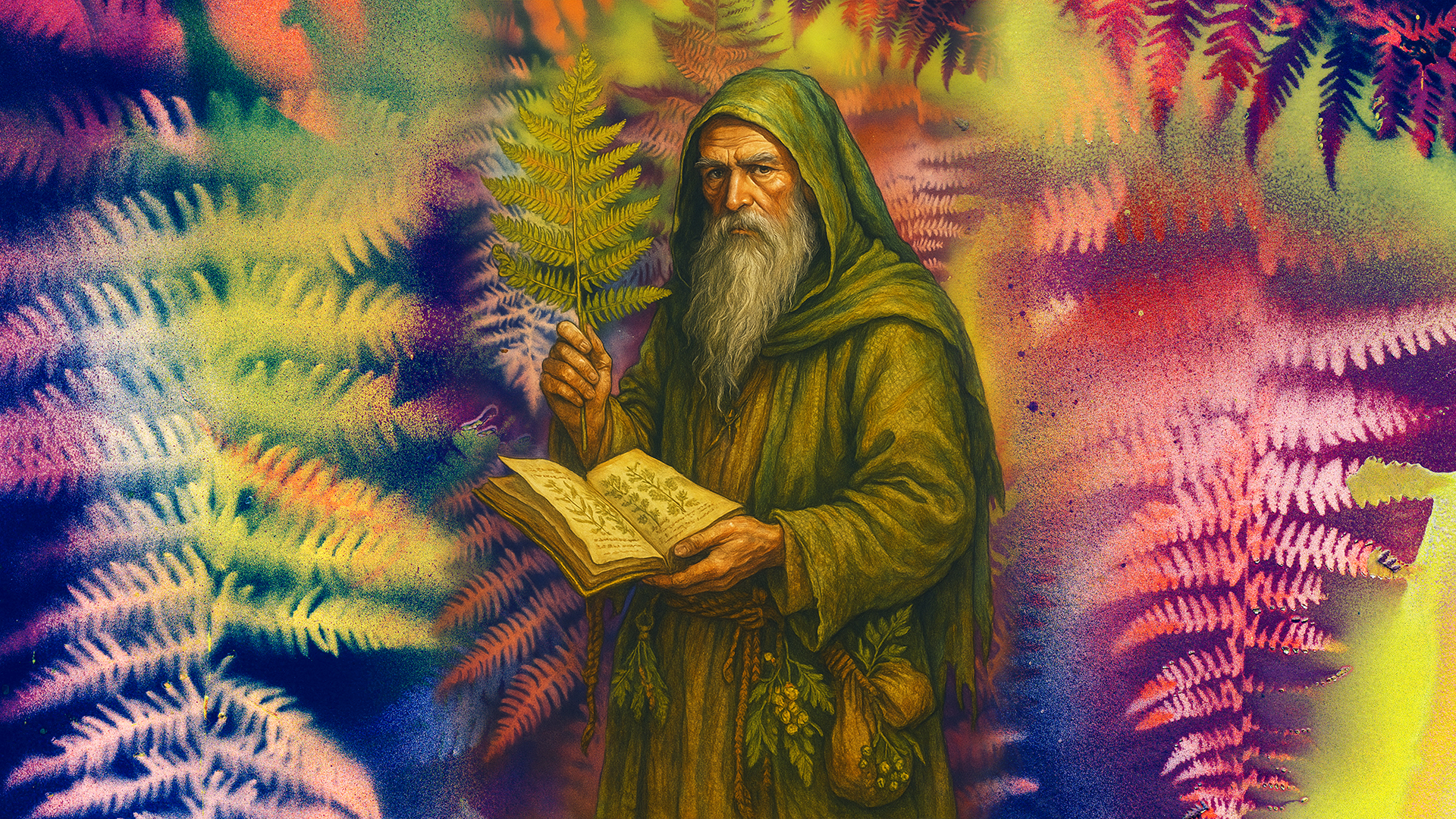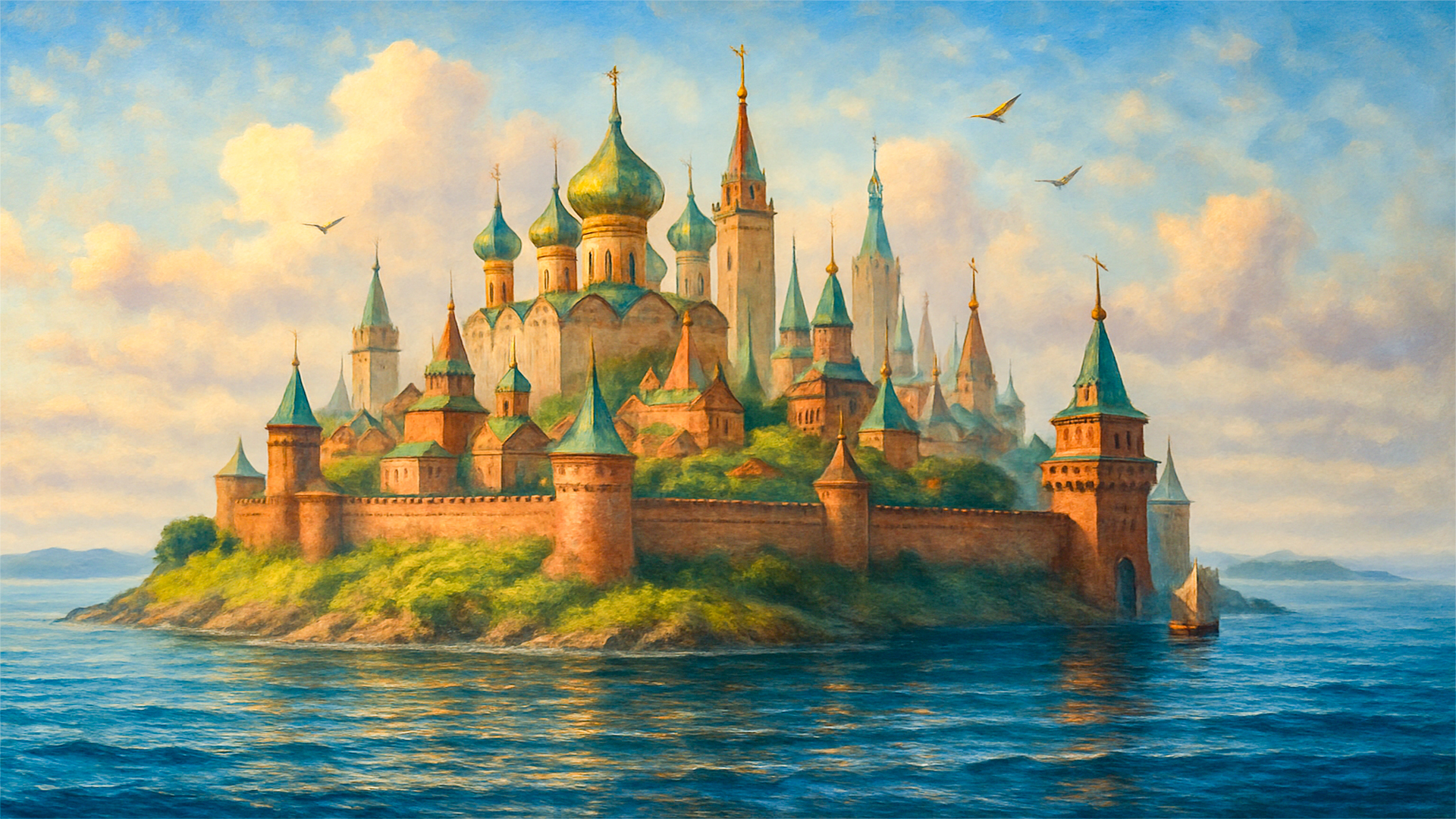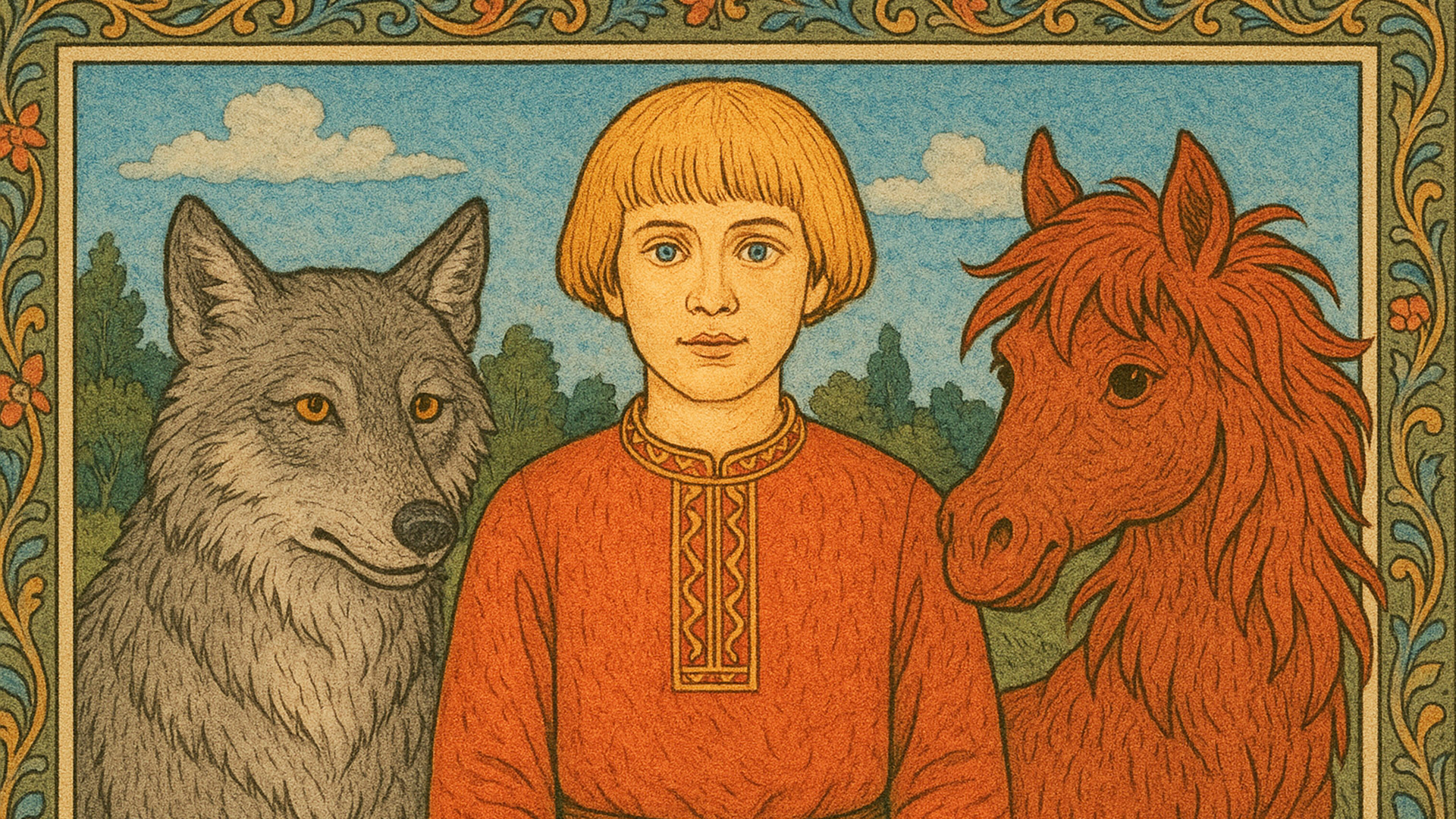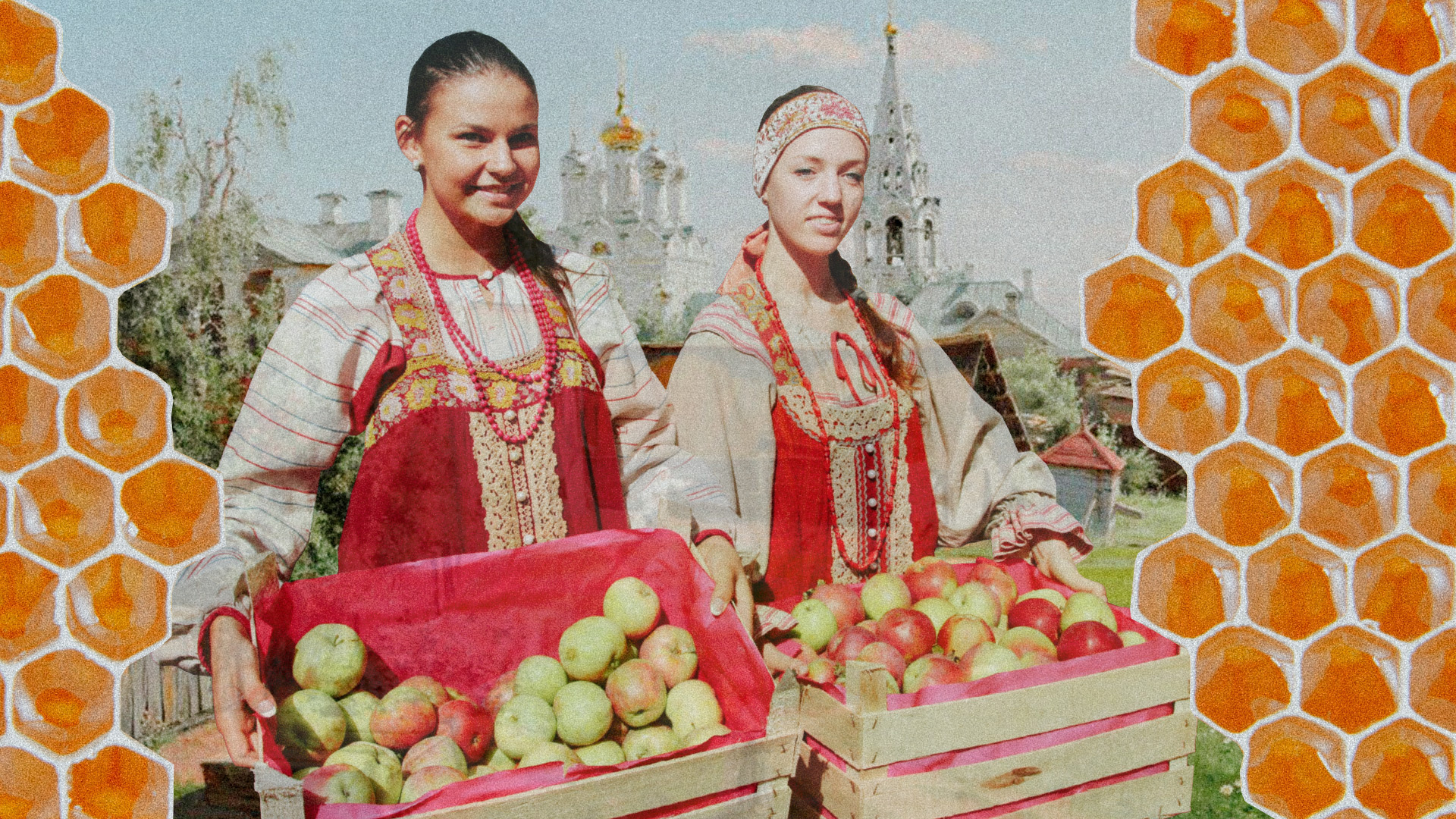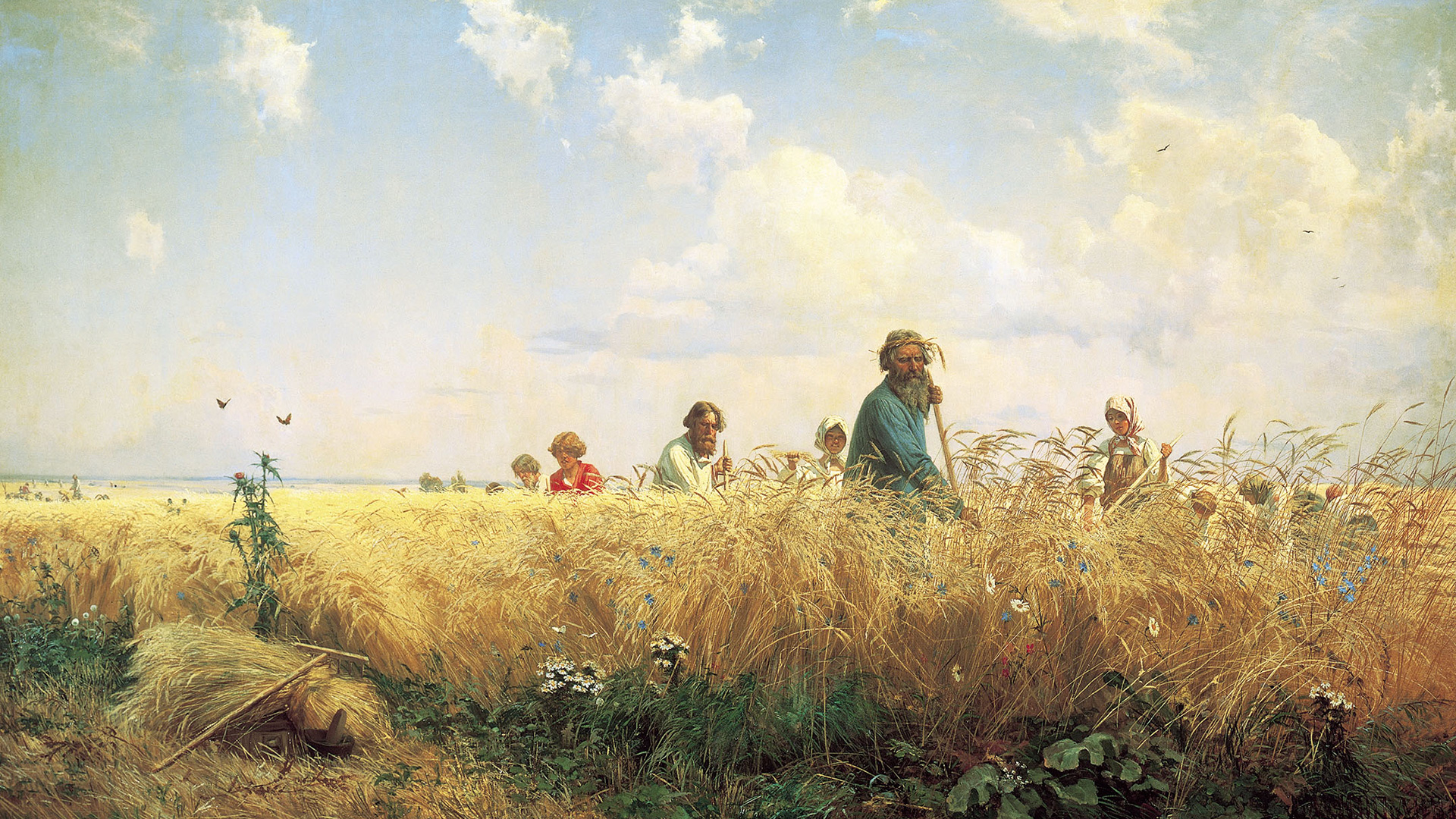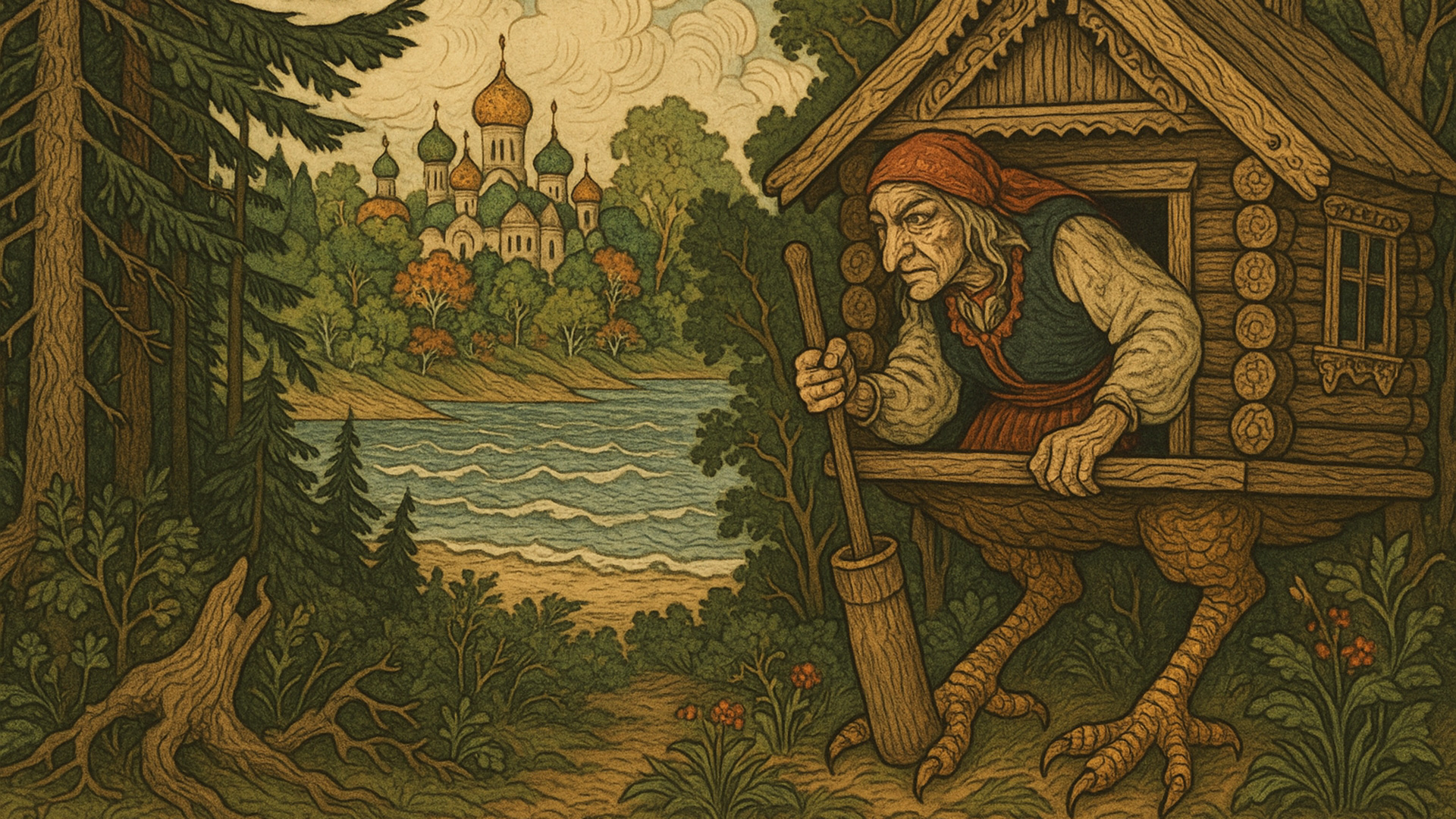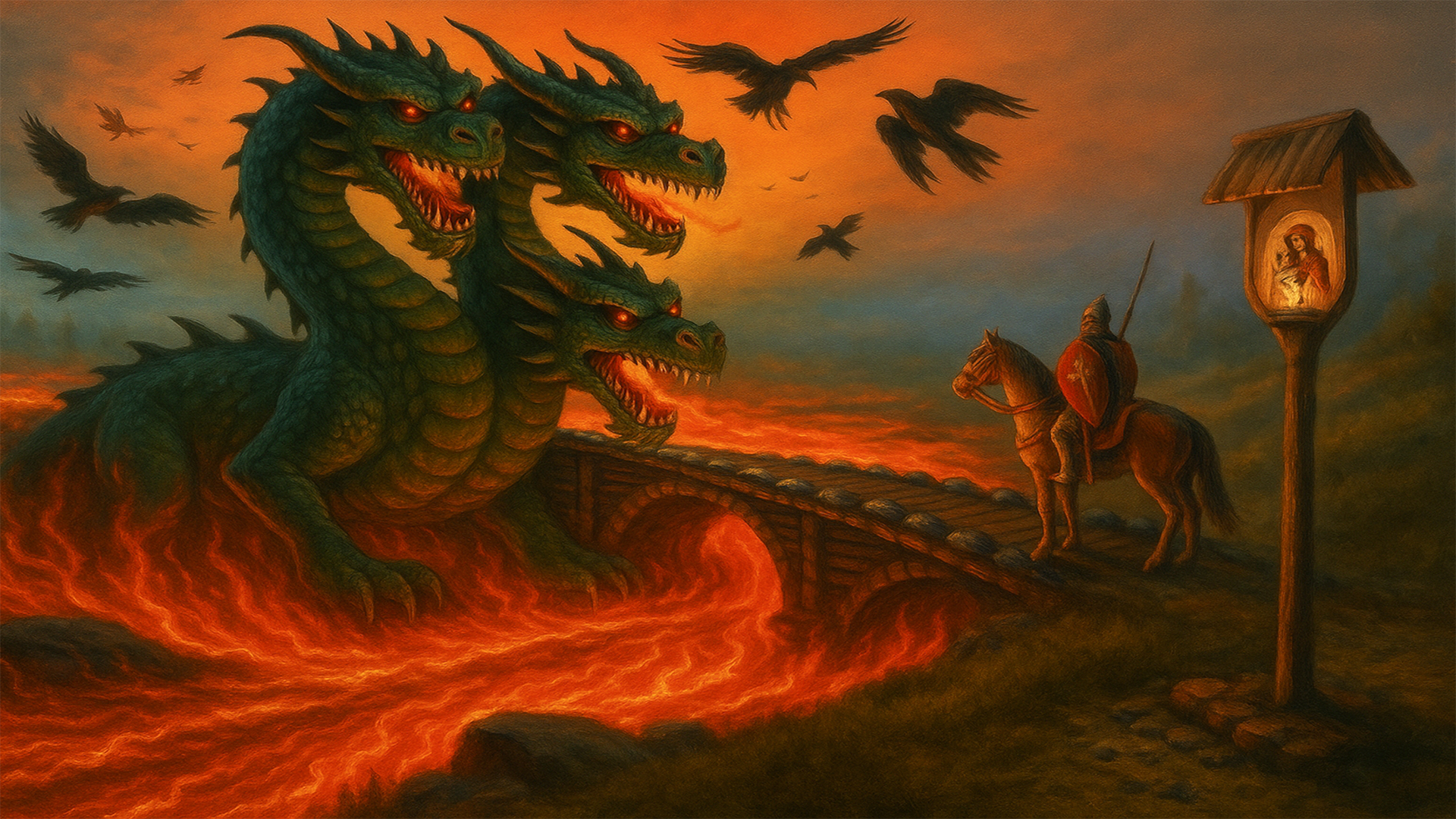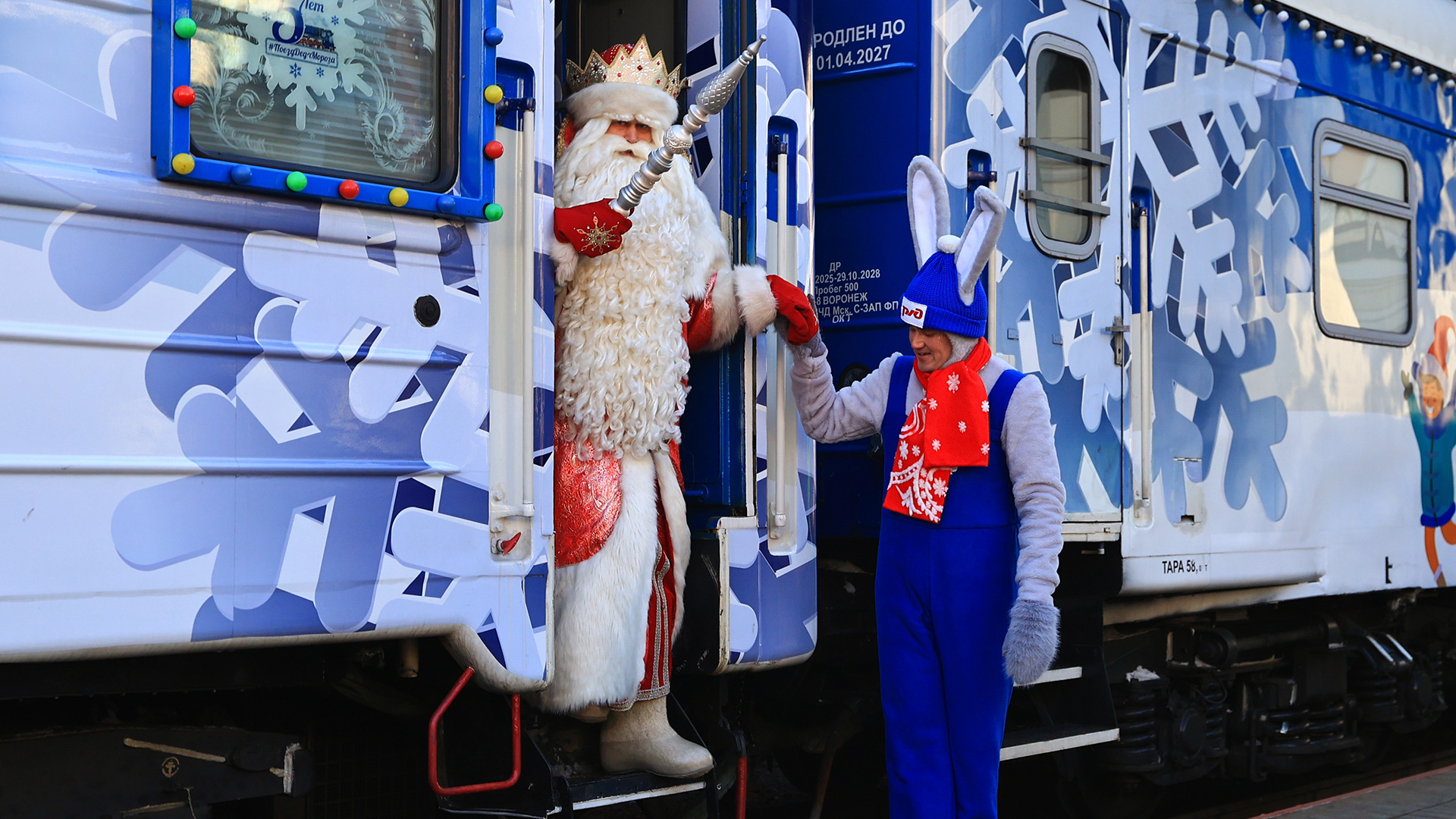
Why can't Russians decide if this monster was a bird or a man?
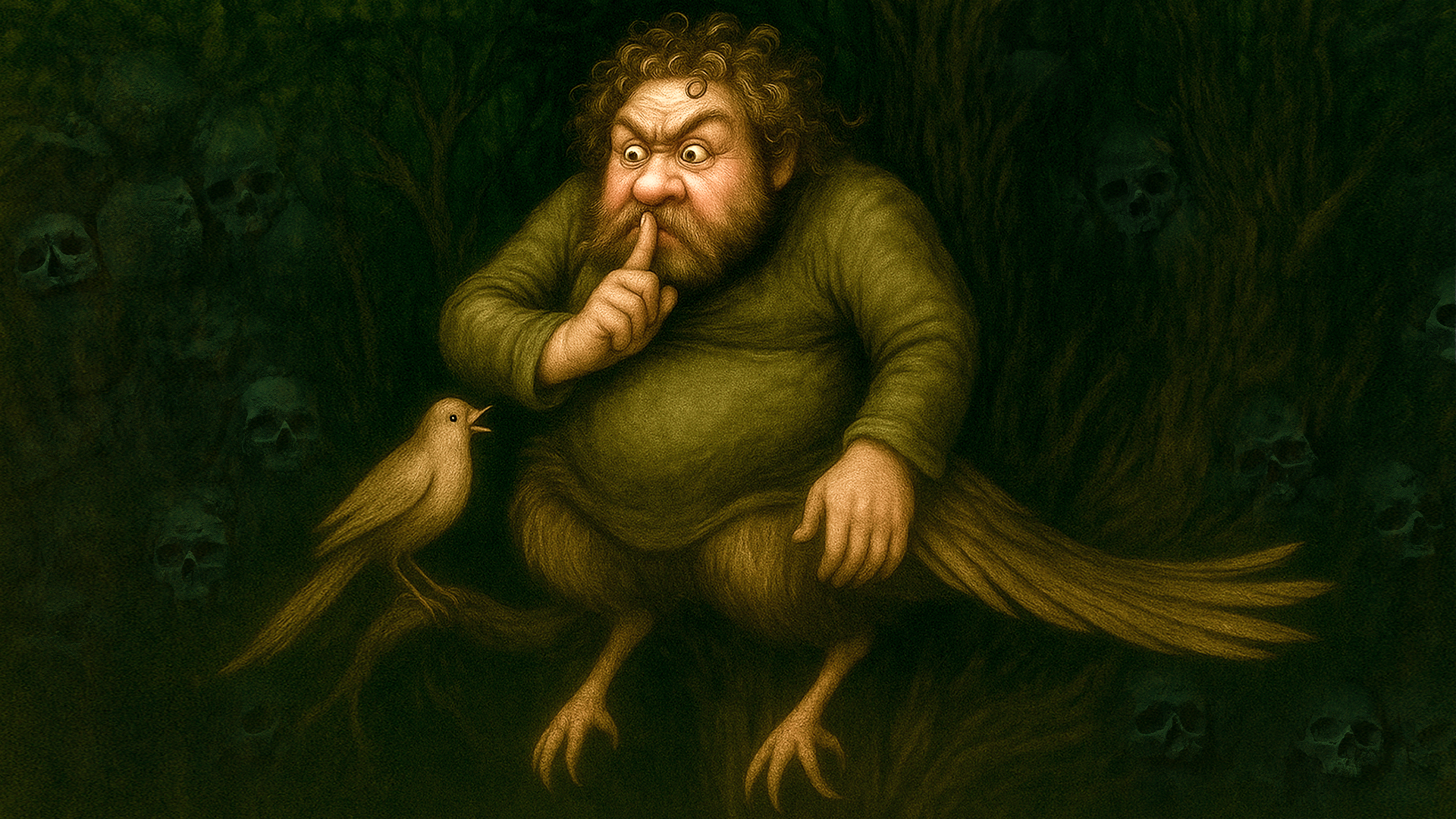
The answer is not as obvious as it may seem and it was given by famous folklorist Vladimir Propp in his work ‘Russian Heroic Epic’. Although ‘Nightingale’ is, indeed, a robber, he does not rob anyone. Instead, he blocks the road to Kyiv and interferes with free and safe communication between cities. That’s his main harm. He "sits on three nine oaks, sits for 30 years, neither horse nor foot passes". He does no other harm: he does not kidnap women, like snakes, and does not rob people, because no one passes by him. Because of him, the once busy road has become overgrown with forest.
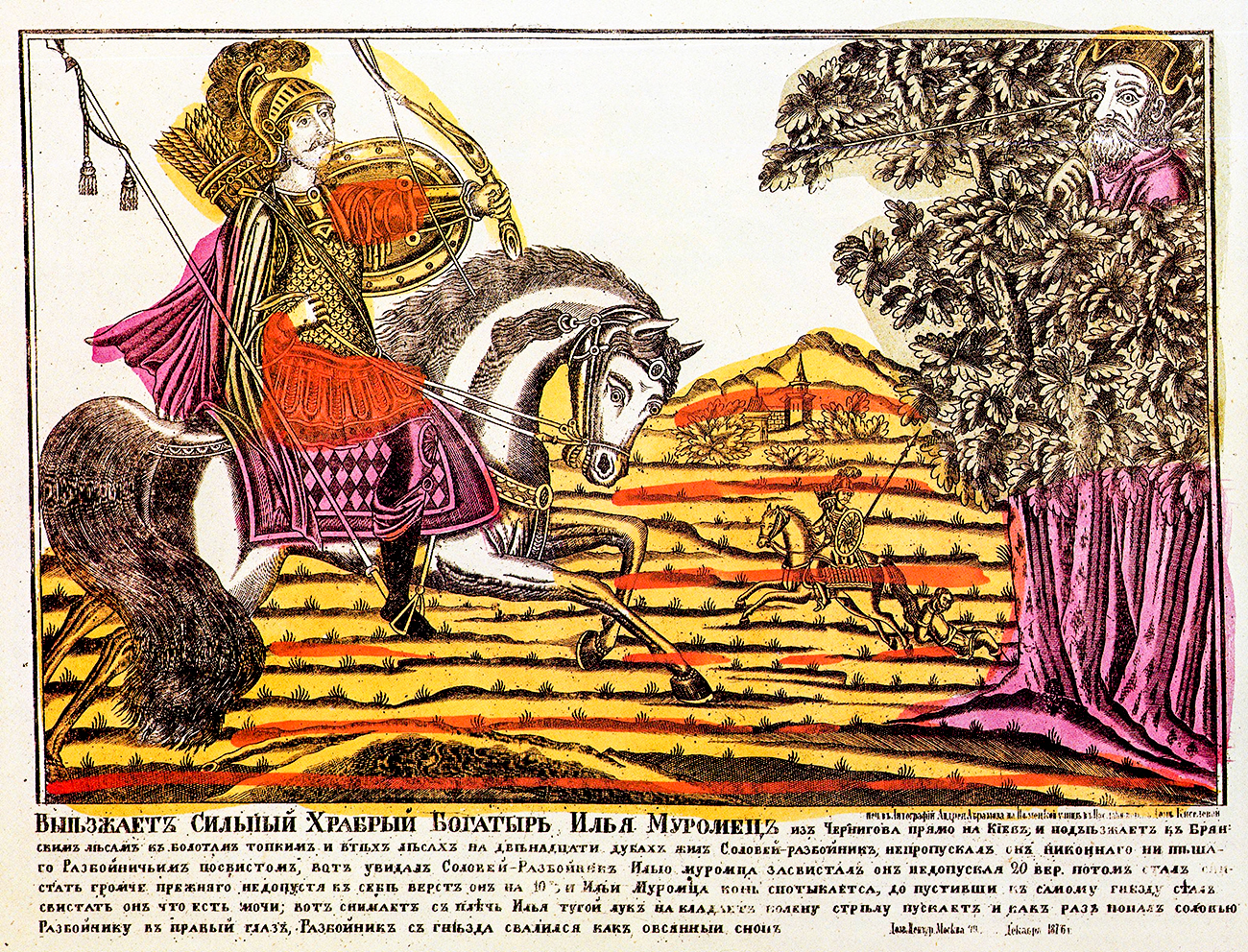
Ilya Muromets makes his way to ‘Nightingale’ with difficulty through forests and swamps: he pulls out entire trees and "makes bridges", that is, lays trees over swamps and, thus, passes.
“With his left hand, he leads his horse,
With his right hand, he tears oak,
He tears all the mallard oak,
He paves hardened bridges,
He works a straight path.”
So, he finally reaches the ‘Nightingale’. However, his appearance is not described anywhere directly. The fact that he always sits in trees, in oaks, speaks in favor of a bird. He can fly: hearing how Ilya Muromets makes bridges, ‘Nightingale’ flies to meet him. Some texts also mention his nest. In others, Ilya hits him in the right wing and then puts him in a game pouch.
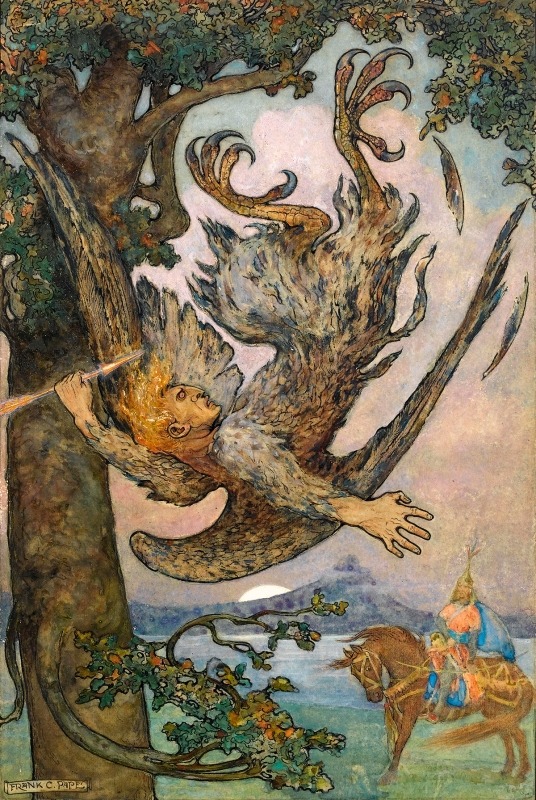
At the same time, the following details speak in favor of him being a human: he is huge, scary and, in some texts, Ilya ties him to the stirrup and makes him run next to the horse. The family of ‘Nightingale the Robber’, which Ilya Muromets completely destroys, were depicted as werewolves in older texts and, in later ones, they acquired human form. Thus, Vladimir Propp concludes that in the epics, over time, ancient zoomorphic monsters gradually acquired human form. However, in the case of ‘Nightingale’, this process was not completed to the end. "The Nightingale did not acquire a completely human appearance, but did not remain in the form of a bird, representing a hybrid formation, of which there are extremely many in folklore and in fine folk art."


